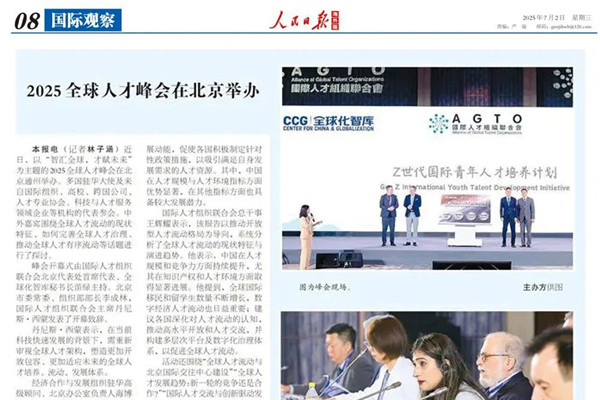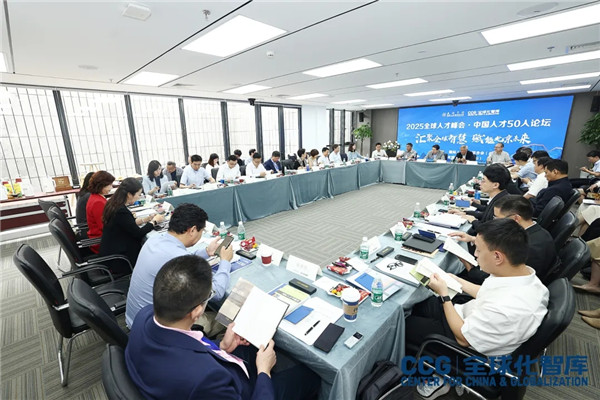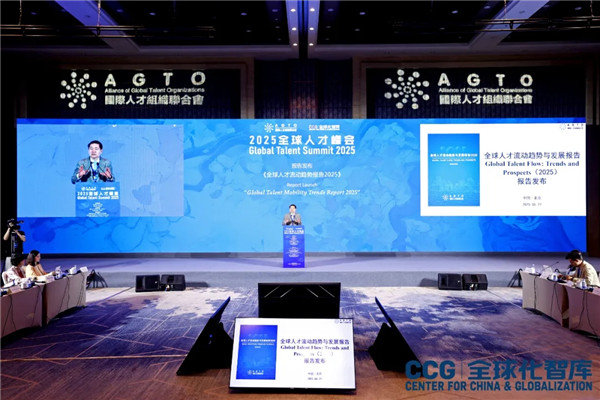【CCTV.com】Bilateral investment booming between both China & US
2015年10月8日China and the United States are becoming more and more integrated economically, with trade, and investments booming in a vast variety of sectors.
The world’s two largest economies are now interdependent and complementary to each other. Bilateral trade in 2014 rose to US$555 billion—227 times the number in 1979, when the two countries established diplomatic ties.
China benefits greatly from US direct investment. China attracted more than US$75 billion by the end of 2014, with more than 64,000 investment projects established. But that trend has seen some hiccups recently. In the first eight months of 2015, US direct investment to China declined by almost 20 percent from last year.
The Chinese Ministry of Commerce explains that the decrease is because of changes in both US and China markets. It comes also as China adjusts its way to leverage FDI, with more focus on higher-end industries.
A 2015 AmCham China White Paper says that more than 30 percent of the organization’s member companies have no investment expansion planned this year. That is the highest rate since the recession of 2009. And more companies than ever have moved or are planning to move capacity outside of China.
That is partly because of the rising costs and shrinking profits, which have a greater impact on traditional labor-intensive industries.
The regulatory environment in China is another concern.
"Laws and regulations in China is sometimes relatively vague, different cites may have different interpretations of the same laws, same regulations, sames rules; that brings challenges for US investors," said Jessie Tang, partner of Jones Day.
"In transparency of China’s regulations, and also they are quite concerned about the equal market access and fair competitions in China’s market," said He Weiwen, senior research fellow of Center for China & Globalization.
But experts say the quality of the investments is getting better. More investments flow to higher-tech, service industries and R&D. That is also in line with China’s strategy to deepen reforms and upgrade its economic structure.
"Over half of the companies in R&D industries have set up RND centers in China, for higher quality with higher technology products for China’s market a well as neighbor new emerging market," He said.
But to attract more foreign investment, more effort is needed.
"The first thing is to open the market and to lift market access limitation. Also, I think, to simplify the approval procedure is another thing that the government can do," Tang said.
And some new attempts have work out.
"I helped a US healthcare company set up a subsidiary in Shanghai pilot free trade zone two months ago, we obtained the business license within two weeks, but in other places, you have to wait about one and half months to obtain the business license," Tang said.
With an even better investment environment created, there is clear hope that bilateral investment cooperation will step up to a new level.
From CCTV.com, Sep.25, 2015






